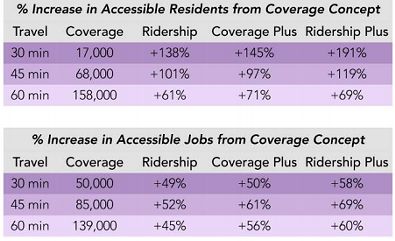The city, in collaboration with Innovate Memphis and the Memphis Area Transit Authority (MATA) are moving forward in the Memphis 3.0 transit vision planning process.
After beginning in September with stakeholder meetings, followed by public engagement, the question remains should MATA allocate resources to services that promote high ridership and more frequency or services that cover a large percent of the city with less frequency.
Scudder Wagg of Jarrett Walker + Associates, the transit consultant group working with the city to develop the comprehensive plan, said that currently about 40 percent of MATA’s resources go toward services conducive to high ridership, while 60 percent of resources are used for services that provide more coverage.
“But, is that the right split for Memphis?” Wagg asked.
To answer this question, the public was asked if they prefer walking further distances to bus stops with less wait times or shorter walks and longer waits. The majority of respondents, Wagg said, prefer a shorter wait time.
Based on this, consultants at JWA produced a second report, outlining four basic concepts for the future of Memphis’ transit system.
Two of the options are revenue neutral. The first, most similar to today’s network is the Coverage concept, in which routes extend well beyond the city’s core into the southern and eastern edges of the city. However, with the focus on coverage, less buses frequent each route causing wait times to be more than 30 minutes, and in most cases, greater than 60.
Contrarily, the second concept, which aims to increase ridership, concentrates services in high-density areas within the I-240 loop. While buses on all routes would run every 30 minutes or less, some neighborhoods, namely in the eastern and southeastern areas of the city, would lose access to services completely.
With about $45 million of additional funding, Wagg said MATA could provide a service that increases bus frequency as well as extends coverage to less dense areas.
“If you don’t increase resources, it’ll be painful,” Wagg said.
CEO of MATA Gary Rosenfeld agreed, saying that funding for the city’s transit system has been stagnant for years. “We need to change that for the benefit of the community.”
Wagg said there are two basic concepts, both requiring increased funding, that promote high ridership and further coverage.
The Coverage PLUS concept would increase bus frequency on all routes and maintain most of the current coverage. With this concept, buses on each route would come every 30 minutes or less. Resources would be equally allocated between services that garner high ridership and those that provide coverage to low-density areas.
The second concept, Ridership PLUS, would use 80 percent of funding for services that increase ridership, while 20 percent would be allocated for services that extend coverage.click to enlarge

Chart illustrates accessibility from Downtown based on the four different concepts
This concept, Wagg said, has the most frequent services, with five high-frequency routes traveling east-west out of downtown and two going north-south.
Both of these concepts also include replacing fixed route services in Southwest Memphis with a demand responsive transit, or dial-a-ride service. It would run on flexible routes and connect to a new transit center near Mitchell and 3rd Street.
Wagg adds that the concepts are not meant to prompt an “either-or” decision, but rather to provide a range of concepts that “frame the extreme ends.”
Over the next two months, Innovate Memphis staff will lead outreach at transit centers and various community events to survey the public on the four concepts. The survey is also available online.
After the public engagement wraps up, a recommended network will be drafted in February, with the final vision plan slated to be complete by May.

